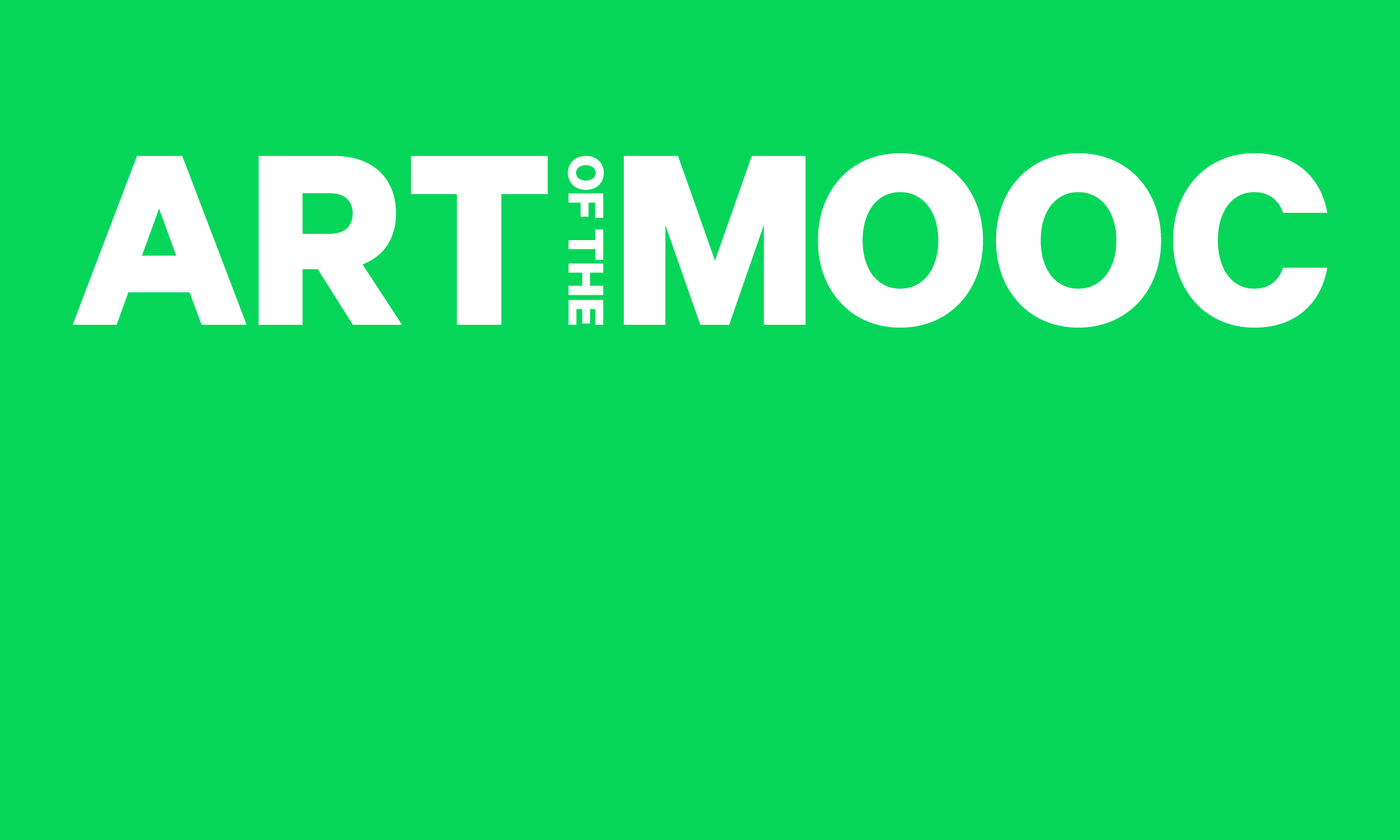Botero is a figurative artist and sculptor from Medellín, Colombia. His signature style, also known as “Boterismo”, depicts people and figures in large, exaggerated volume, which can represent political criticism or humor, depending on the piece. He is considered the most recognized and quoted living artist from Latin America. His figurative representation have a unique …
Continue reading "It’s how it works, right?"


